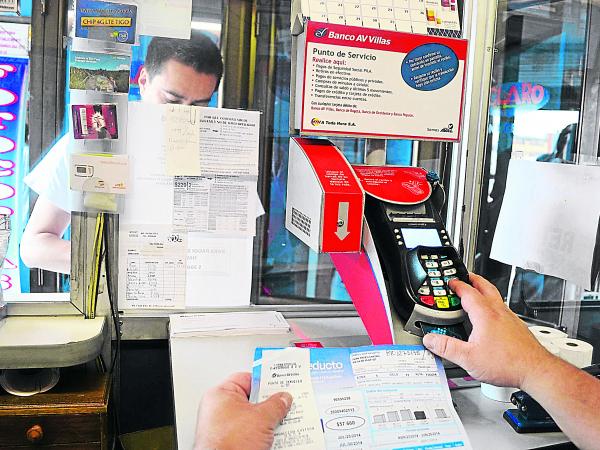The average distance at which the Colombian population has a banking correspondent is one kilometer, Although regions with greater development, density and infrastructure have one less than 150 meters away, others have them at very distant distances.
That is one of the conclusions of a georeferencing study carried out by Banca de las Oportunidades and the CGAP, an organization of the World Bank, in order to advance knowledge that will allow increasing financial inclusion in Colombia and reducing gaps with some population groups. and gender.
Read: Mobile and digital banking correspondents promoted
According to Paola Arias, director of Banca de las Oportunidades, who presented the main results of the study in an Anif forum, In 27 departments, which have 80% of the population, the average distance at which the population has a correspondent is 500 meters.
But when analyzing Bogotá, the departments of Atlántico, Valle del Cauca and Risaralda, the distance is reduced to 150 meters.
Read: Bancolombia will close 2023 with 29,000 banking correspondents
He said that the departments of Amazonas and Vichada are outside the median distance for the entire country and assured that the pending task is in the jungle, but due to the low population density and geographical conditions it generates great challenges.
Courtesy AV Villas Bank
By making another measurement it can be said that 94% of the population in Colombia has a correspondent within a 5 kilometer radius.
Read: Págame, the first open-type digital mobile correspondent
In San Andrés, Bogotá, Valle del Cauca, Atlántico, Quindío, Cundinamarca the indicator reaches 98%, meaning that almost the entire population has a correspondent within a 5 kilometer radius.
The director of Banca de las Oportunidades assured that 15 years ago 30% of the country’s municipalities did not have an access point with the financial system, but with the figure of banking correspondents it was possible to reach 100% of the country’s municipalities and Currently there are nearly 600,000 correspondent contracts and the majority are outsourced, that is, they provide services to more than one financial institution.
Read: The ‘fintech’ industry contributes to greater financial inclusion
He said that the task in access is done and we must continue to deepen it, but there are additional tasks in which it is necessary to advance.
The first is gender because it said that women have seven percentage points less access than men and the conditions are more unfavorable, despite the fact that women’s default is lower and they are also more compliant in paying debts than men. , but they receive fewer resources from financial institutions and under less favorable conditions than men.

Banking correspondent
Courtesy
He highlighted the importance that rural areas also continue to lag behind urban areas.
Read: IDB calls for greater financial inclusion and more security
And in terms of the indicator of access to financial products, the total at the urban level is 97.2%, at the rural level it is 64.6%, for a gap of 32.6 percentage points.
In deposits the urban total is 96.4%, in rural areas it is 63.8% for a gap of 32.5 pp.
For its part, in credit at the urban level it is 37.6% and at the rural level it is 20.8%, for a gap of 16.9 pp.
HOLMAN RODRÍGUEZ MARTÍNEZ
Portfolio Journalist













Add Comment